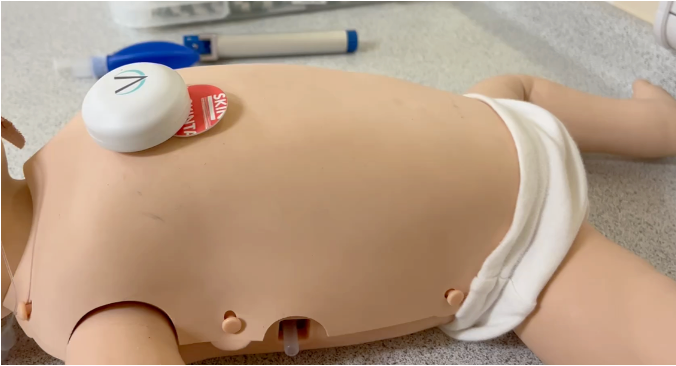Expert view: Ilias Iakovidis
- 18 August 2010
Medical treatment recommendations today are usually the result of controlled trials in which different treatment strategies have been evaluated. However, controlled trials give information only about the “average” patient. For various reasons, they cannot be infinitely individualised.
Unfortunately, this leaves a degree of uncertainty, because therapies can always have unpredictable results as a consequence of individual peculiarities. Human beings are different from each other in many respects; and so are therapy effects in case of illness.
Traditionally, it is the job of the medical doctor to adjust “average” therapies to individual patients. The doctor does this based on many years of experience, taking into account many factors such as age, the general condition of the patient, renal function, mental capabilities, gender, previous therapies, and medication compliance.
In times when humans were primarily living beings with an anatomical, a physiological and a psychological dimension, this approach was well justified.
Today, though, there are more and more factors that need to be considered when tailoring a therapy to the individual. Biomedical research has provided medicine with a molecular dimension, a genetic dimension, and a metabolic dimension, among others.
Adding these factors to the traditional canon should allow a far more precise prediction of therapy results, and so a far better tailoring of therapies to the individual patient. But it also makes predicting therapy results far more complex than ever before.
How can we make available biomedical knowledge to clinicians in their everyday routine without requiring them to be constantly aware of thousands of molecular, genetic, metabolic or indeed anatomical factors that might or might not have an influence on therapy results?
How can a doctor seamlessly draw on the experiences of colleagues somewhere else in the world, colleagues who might have had a patient with similar characteristics to the one who is sitting right in front of them?
Funding simulation platforms
Information and communication technology can provide an answer to this question, and the answer is simulation.
With proper ICT tools, molecular data, genetic data, imaging data and clinical information from various sources can be aggregated and made available to the clinician “on site”.
The clinician should then be able to prescribe a therapy in silico in order to simulate what effect a medication or a surgical procedure will probably have in a patient with given characteristics. In short, ICT can provide medical doctors with a ‘virtual physiological human’.
The concept of a VPH is to take data on the individual anatomical, physiological, genetic, metabolic situation of a patient and relate it to an accumulated dataset gathered from other patients with similar symptoms or conditions.<.p>
The European Commission is funding research on a VPH under the seventh research framework program (FP7) with a total of €72m. Funding is allocated to over 20 projects in this field. At the beginning of 2010, five new projects have joined the team.
It is important to realise that the VPH concept requires both new ways of interpreting medical data and new ways of gathering data technically from various locations. This is why funding is provided for clinical projects as well as for overarching software development work.
Among the new projects, there is, for example, Sim-e-Child which aims at setting up a simulation platform for treatment interventions in pediatric cardiology, or TUMOR, which aims at creating transatlantic tumor model repositories.
On the other hand, projects on interoperability like the new RICORDO project or projects on the visualisation of biomedical data like MSV cover technical aspects that will be of relevance for any clinical project in the VPH context.
Related links:
About the author: Ilias Iakovidis is the acting head of ICT for Health Unit, DG Information Society and Media, European Commission.
The views presented are those of the author and do not necessarily represent the official view of the European Commission on the subject.




